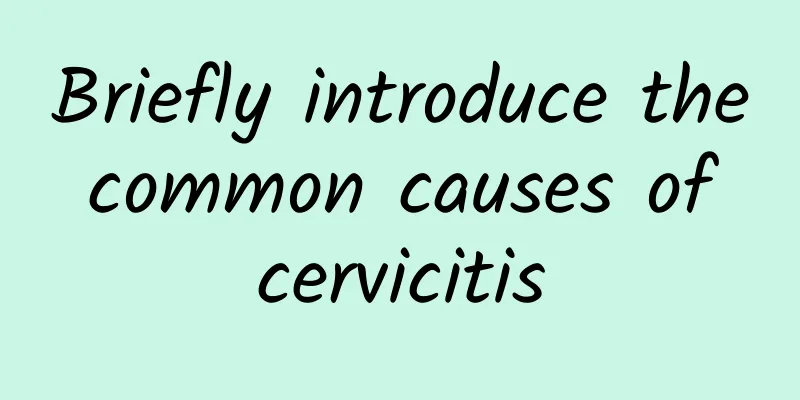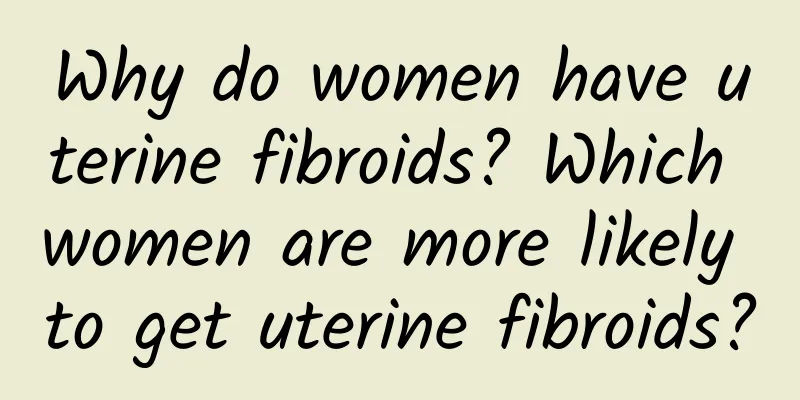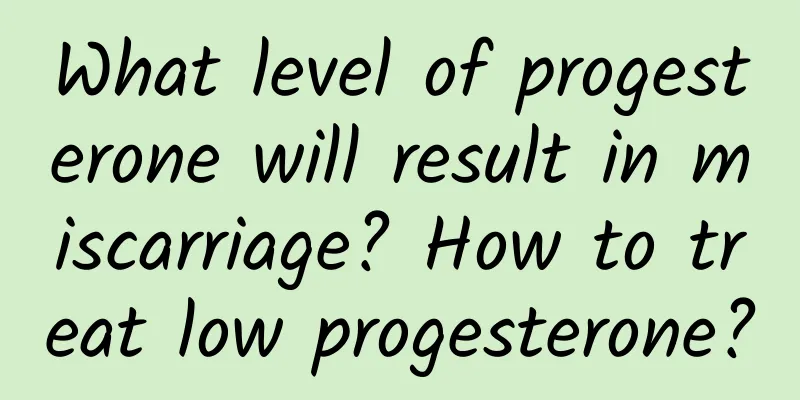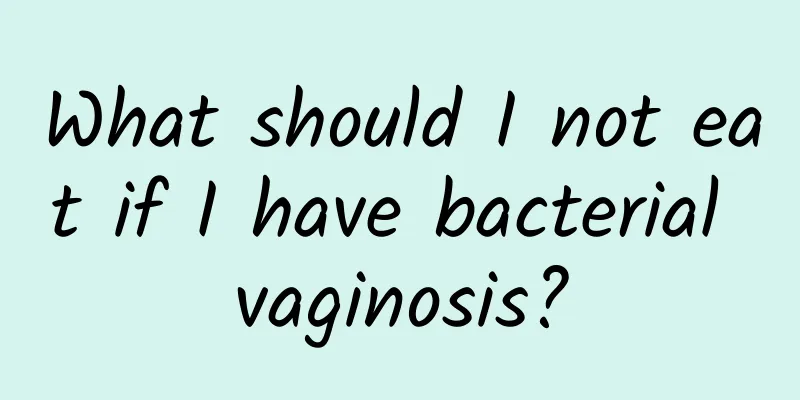Golden rules of diet and nutrition for cervical precancerous lesions
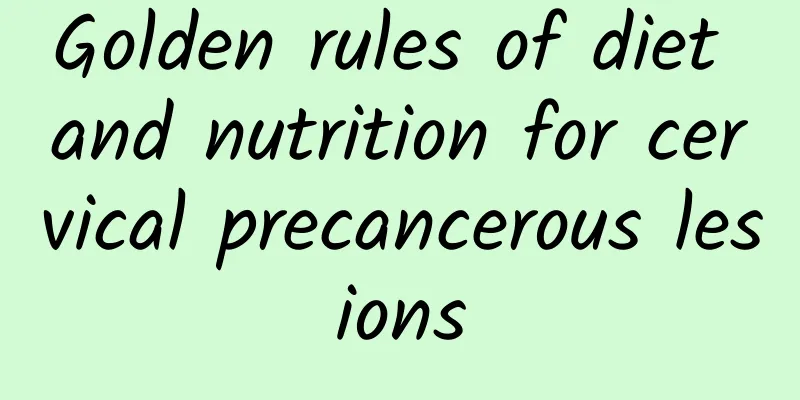
|
There are many issues that patients with cervical precancerous lesions need to pay attention to in their daily lives, but if we don’t really realize this, it will have a great impact on our body, such as diet. We have asked our experts before, hoping to get some guidance on how people with this disease should eat. Let’s take a look at the expert’s introduction. 1. Eat more soybeans and their products Such as tofu, soy milk, dried bean curd, vegetables such as celery, broccoli, edamame, sweet peas, etc. Because these foods can supplement phytoestrogens, the isoflavones and lignin contained in phytoestrogens are considered by scientists to have antioxidant effects. Phytoestrogens can inhibit the growth of cervical adenocarcinoma and squamous cell carcinoma, inhibit cell division, and effectively prevent cancer cell invasion or metastasis. 2. Supplement b-carotene β-carotene is converted into vitamin A in the body, which helps protect the immune system from free radicals and has a significant immune-enhancing effect. According to scientists' observations, the blood levels of β-carotene in patients with cervical precancerous lesions are lower than those in the control group, and low intake of β-carotene is also a risk factor for cervical precancerous lesions. Animal foods rich in vitamin A include animal liver and eggs. Plant foods rich in β-carotene include spinach, rapeseed, amaranth, lettuce leaves and pumpkin. 3. Supplement vitamin C intake There are more and more cases of cancer caused by viruses. Vitamin C can inhibit the damage caused by viruses, which is very important. Recently, scientists have discovered that vitamin C has more than a dozen immune-enhancing effects, including the production of antibodies and the promotion of the maturation of immune cells. In addition, vitamin C is also related to the incidence of cervical precancerous lesions. Relevant data surveys show that when vitamin C intake increases, the risk of cervical precancerous lesions decreases. Vegetables rich in vitamin C are: cauliflower, white radish, potato, Chinese cabbage, rapeseed and other green vegetables. |
<<: Cervical precancerous lesions recipes
>>: What vegetables are better for patients with cervical precancerous lesions?
Recommend
What is the difference between cervical cancer and uterine fibroids? What are the differences in symptoms between cervical cancer and uterine fibroids?
Cervical cancer and uterine fibroids are two comm...
The causes of vaginal diseases are mainly divided into three aspects
Due to the structural characteristics of the fema...
What is the difference between miscarriage and abortion?
Although miscarriage and abortion are often used ...
As the COVID-19 pandemic intensifies, we need to increase our protection capabilities! Three keys to fight virus invasion, nutritionist: six must-know diets for epidemic prevention
The local epidemic situation has been escalating ...
How to choose drugs for the treatment of bacterial vaginosis
In life, many female friends have experienced sym...
Detailed analysis of the causes of threatened abortion
Symptoms of miscarriage before 28 weeks of pregna...
What effect does uterine fibroids have on fertility? Does uterine fibroids have an effect on future childbearing?
What effect do uterine fibroids have on fertility...
Here are some symptoms of vulvar leukoplakia:
Vulvar leukoplakia is one of the common gynecolog...
Effective ways to prevent vaginitis in daily life
In real life, there are many female friends who s...
How to diagnose cervical warts?
Having cervical warts is something that many peop...
Vaginal itching and abnormal fishy discharge
Vaginal itching accompanied by abnormal fishy sme...
Causes of Acute Bartholinitis
Acute Bartholinitis is an inflammation caused by ...
Different types of pelvic inflammatory disease patients have different dietary treatments
Traditional Chinese medicine pays attention to th...
What's wrong with not having menstruation?
Menstruation is a part of the female physiologica...
The secretions after abortion are like jelly snot colloid: reveal the reasons behind it
Hello everyone, today we are going to discuss a p...
